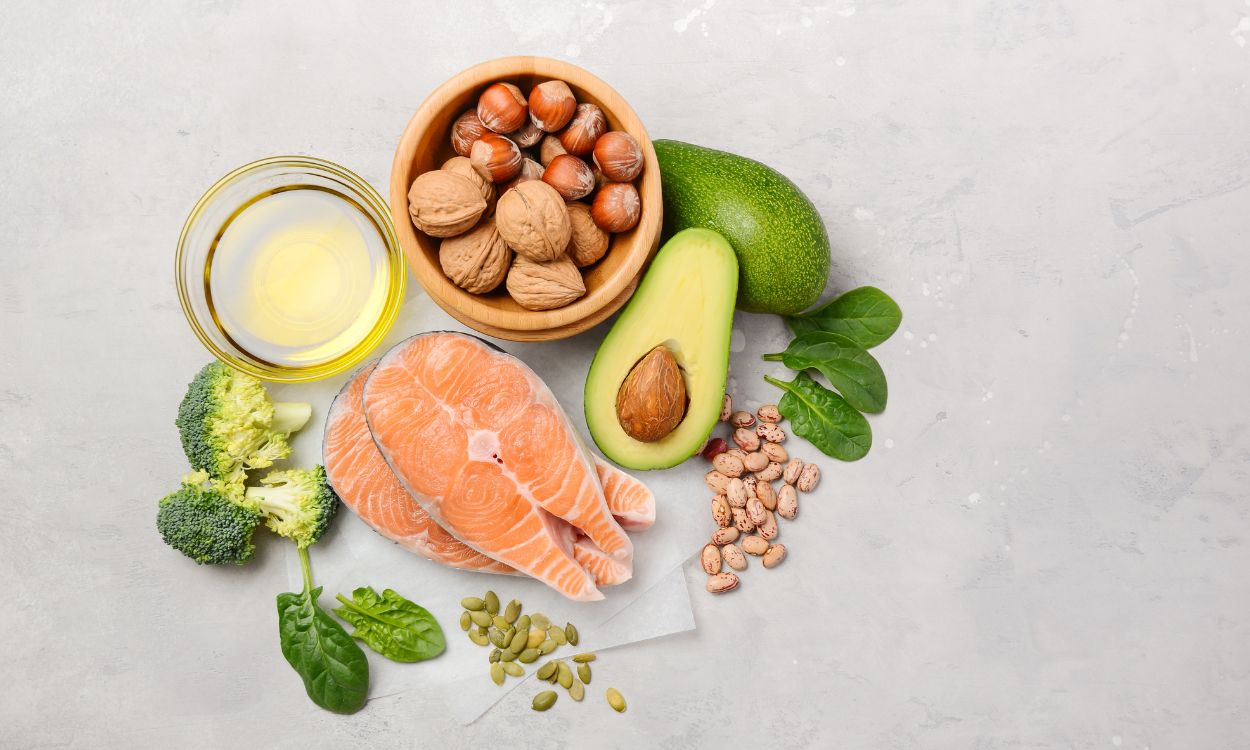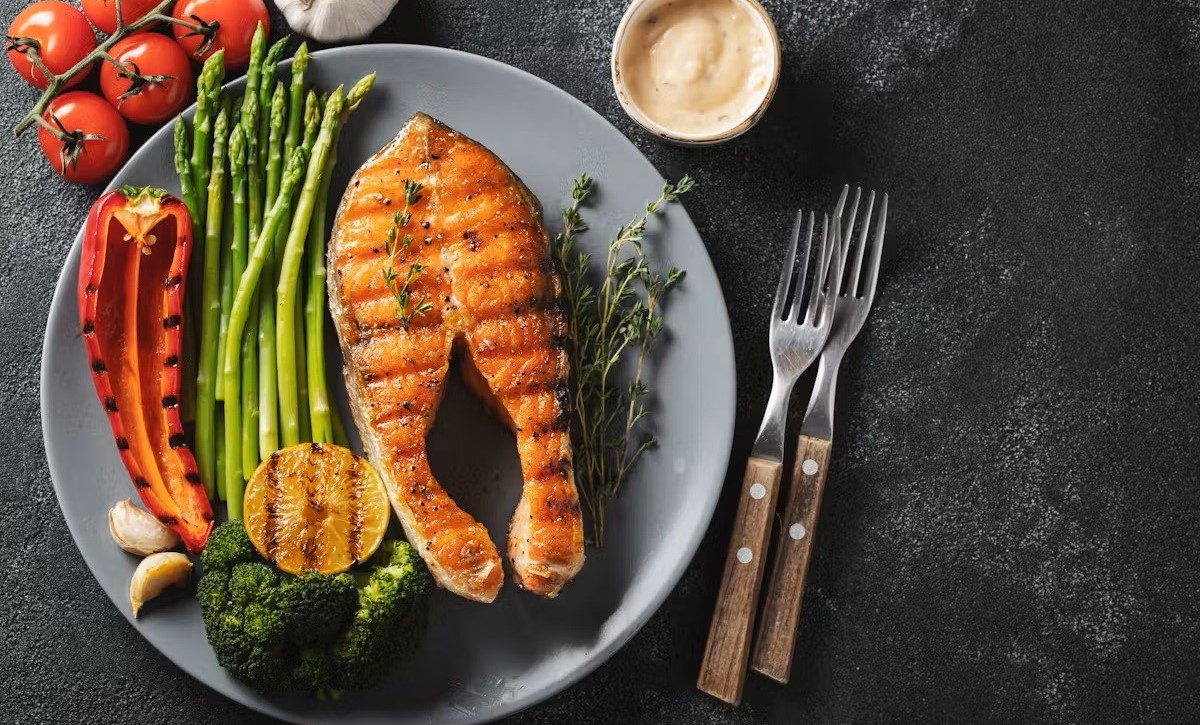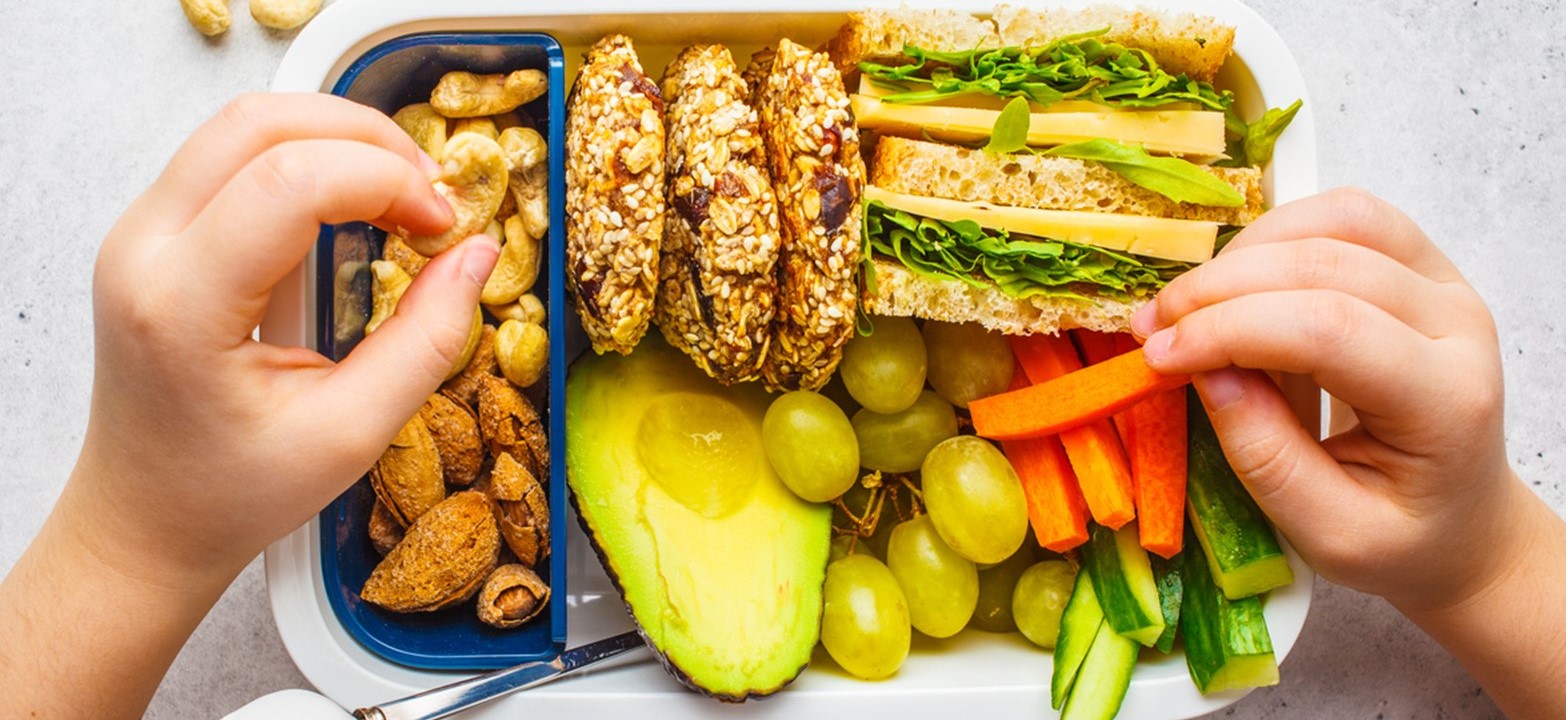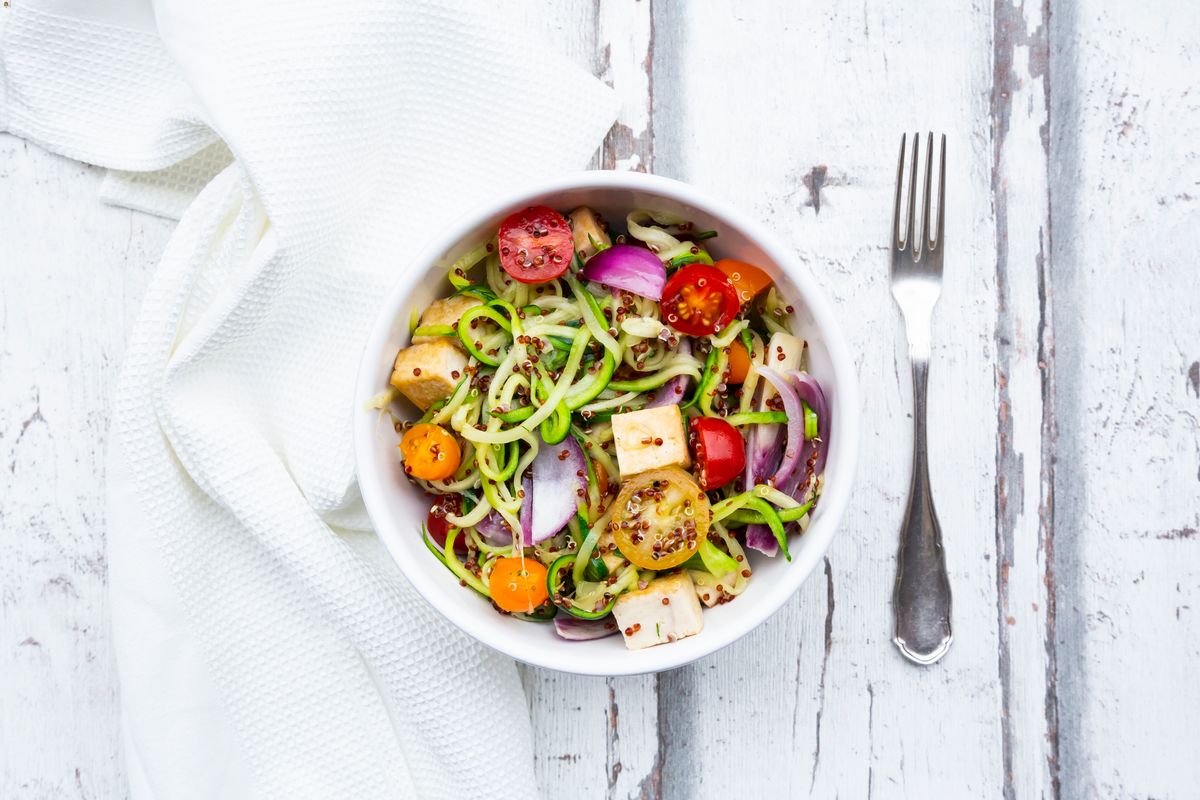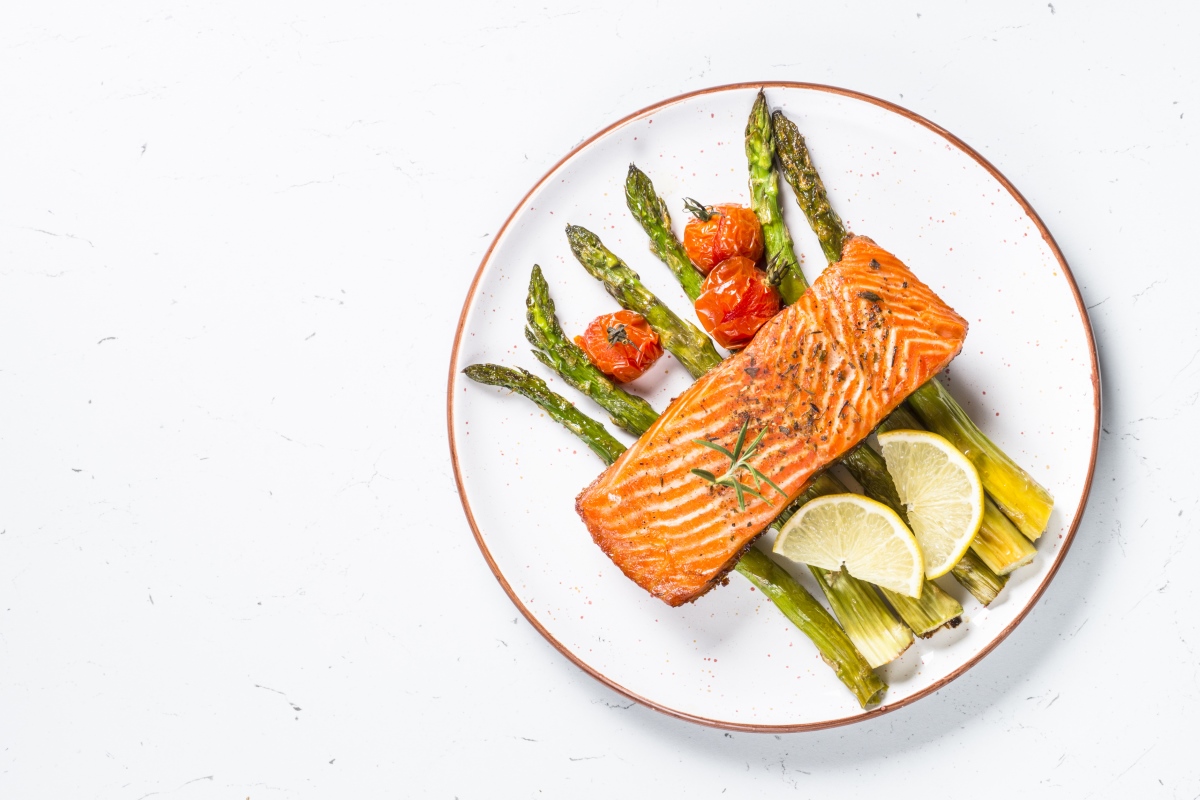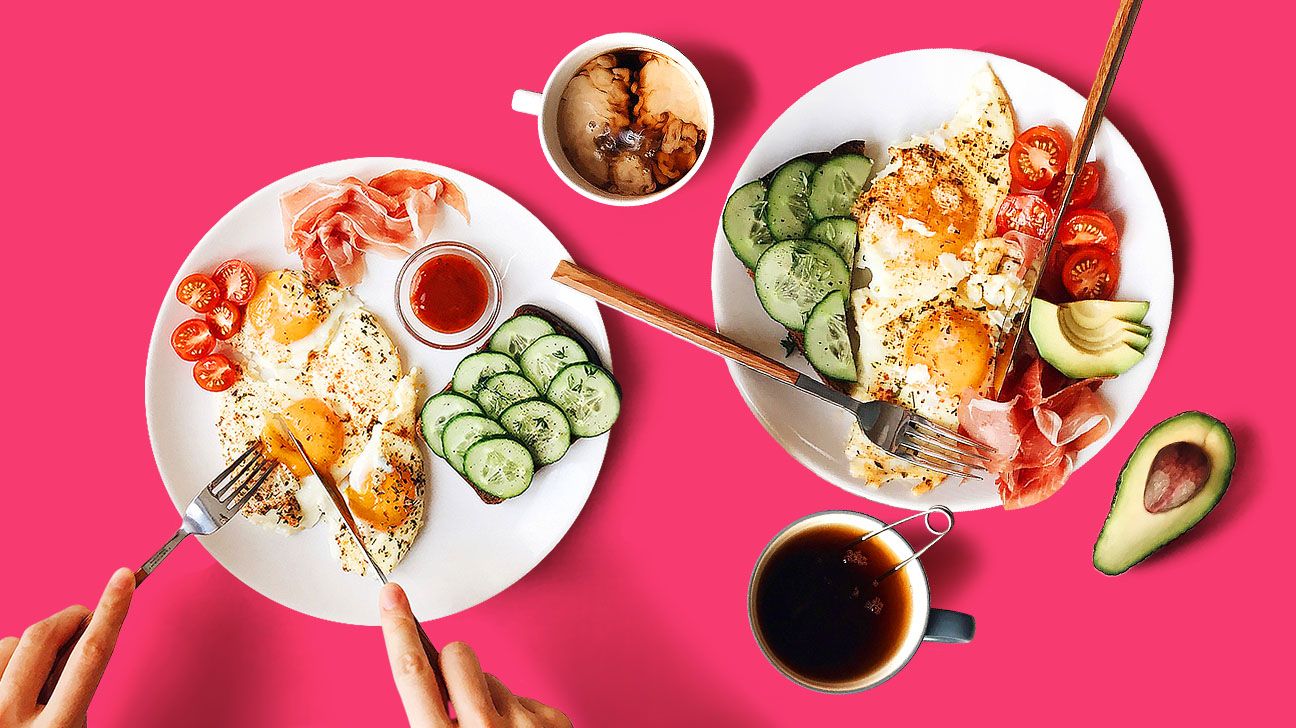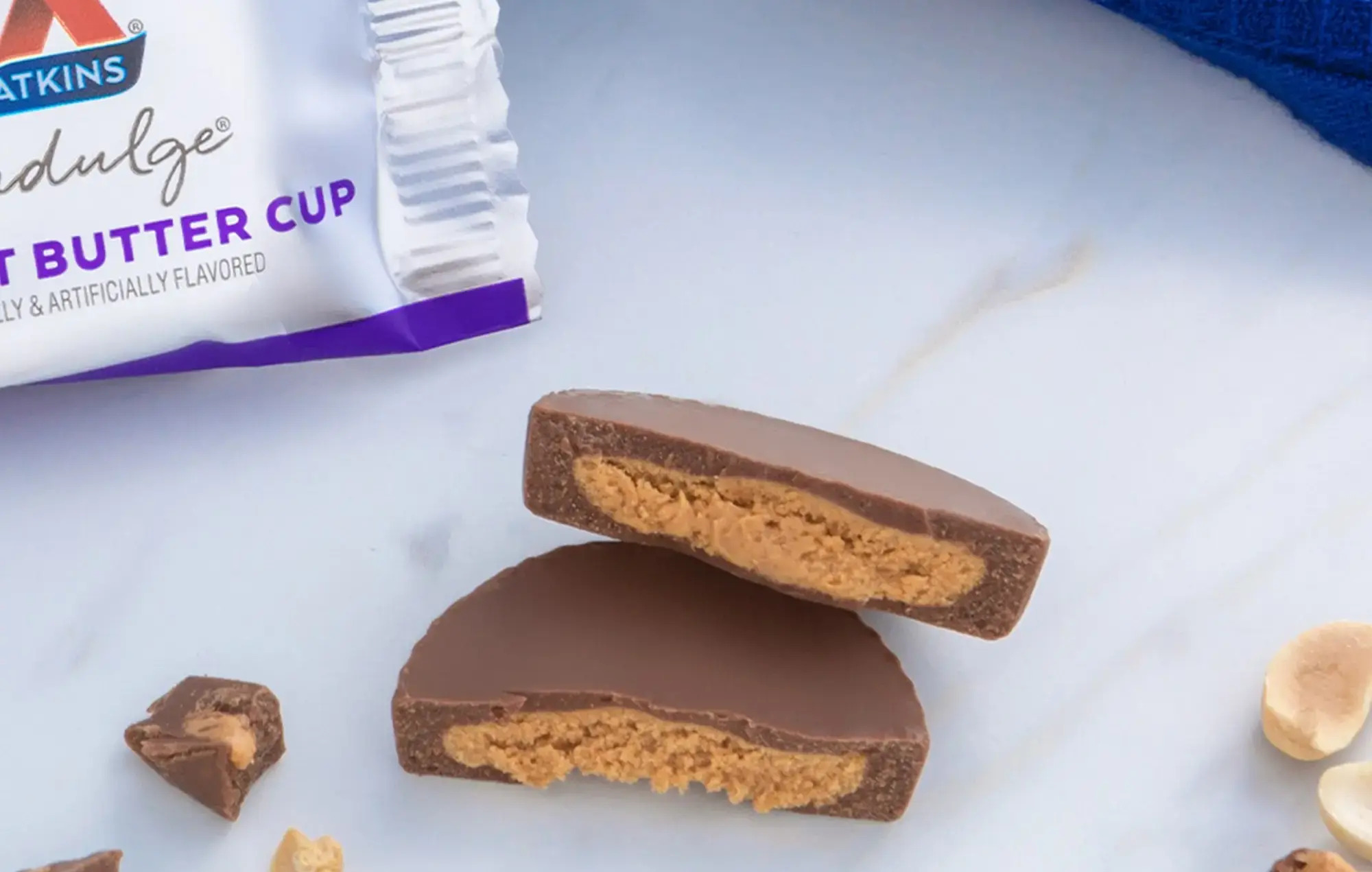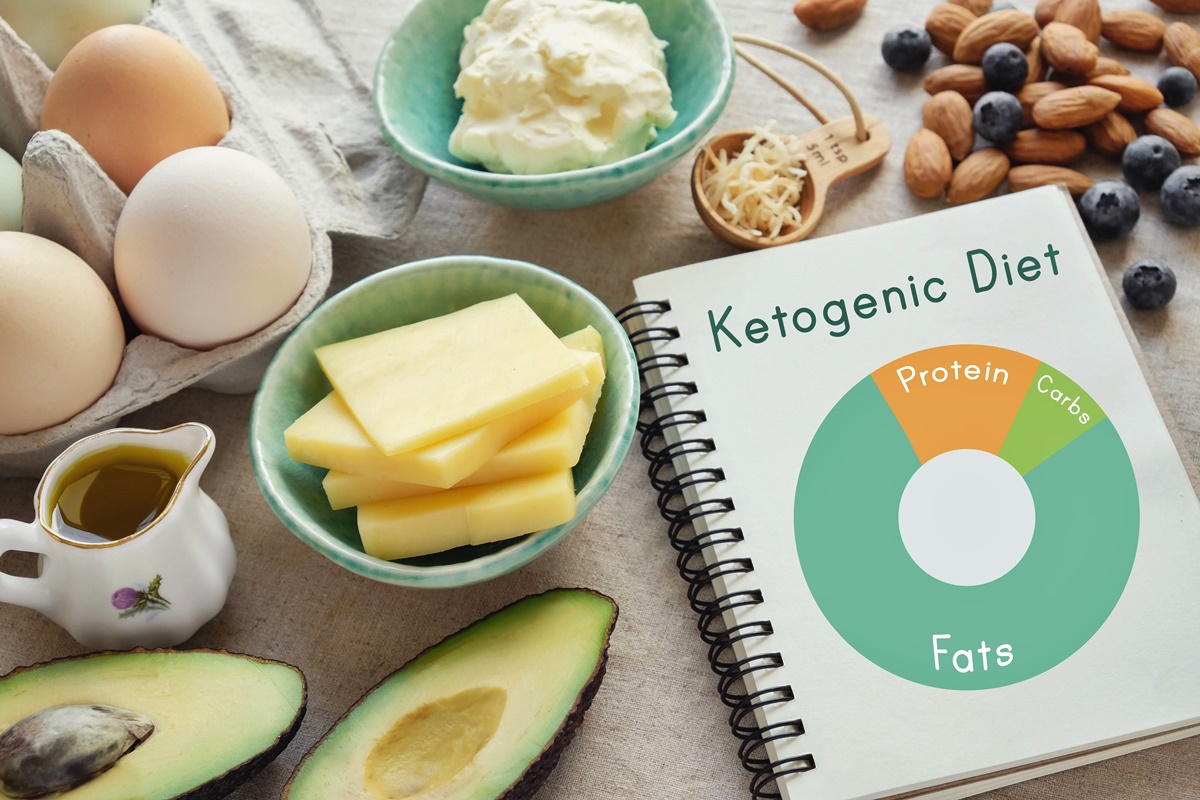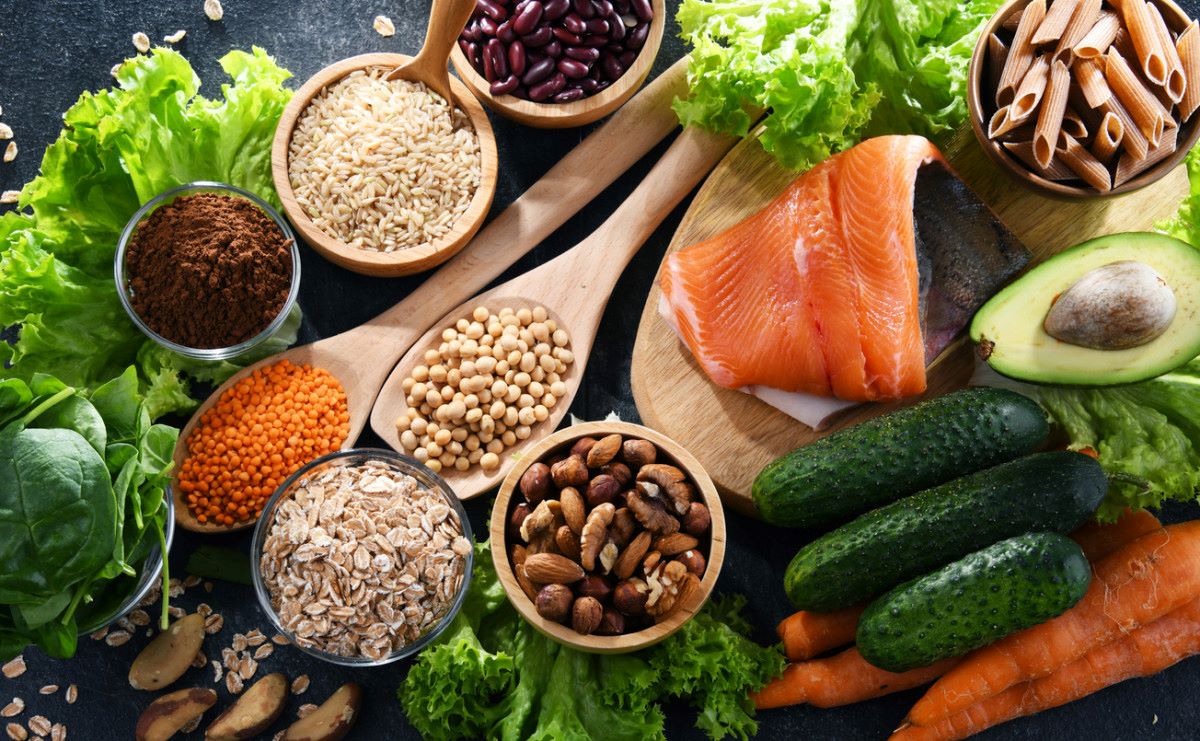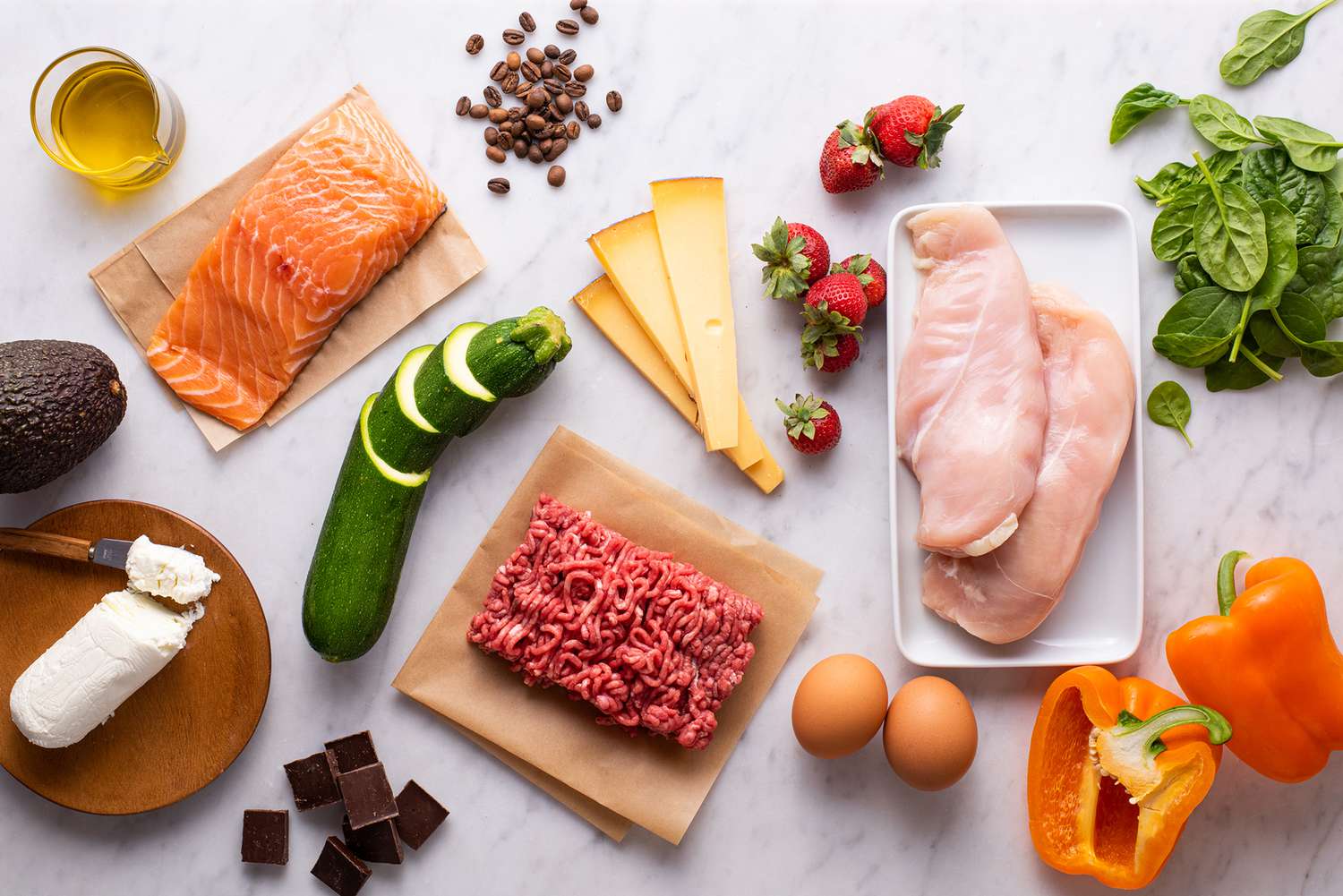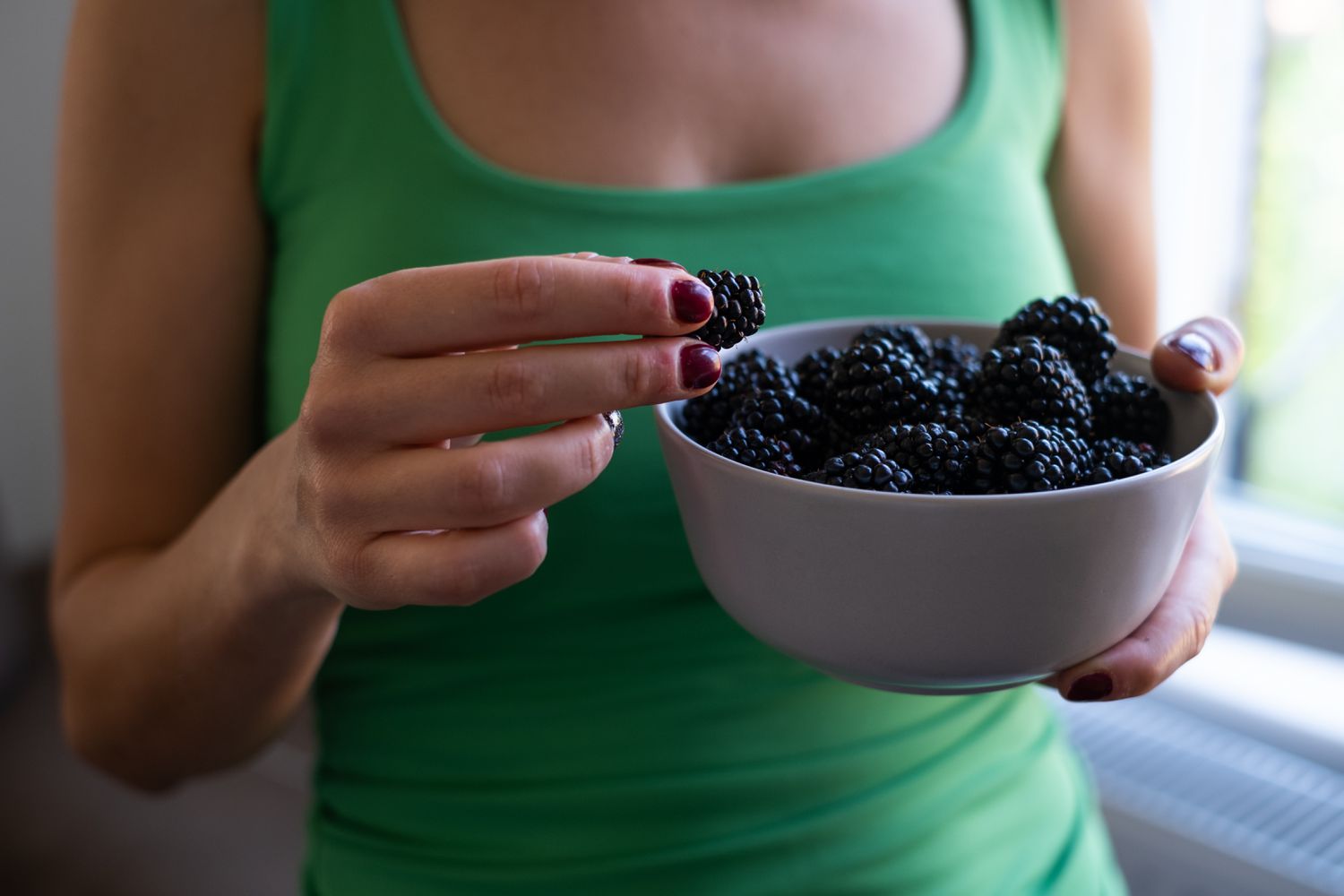How to Enjoy a Low Carb, Low Fat Diet
Are you looking to improve your health and lose weight? A low carb, low fat diet can be an effective way to achieve your goals. By reducing your intake of carbohydrates and fats, you can encourage your body to burn stored fat for energy, leading to weight loss and improved overall health. Here are some tips on how to enjoy a low carb, low fat diet:
Focus on Whole Foods
When following a low carb, low fat diet, it’s important to focus on consuming whole, unprocessed foods. This includes plenty of fresh fruits and vegetables, lean proteins such as chicken, turkey, and fish, and healthy fats from sources like avocados and nuts.
Avoid Processed Foods
Processed foods are often high in both carbohydrates and unhealthy fats. To stick to a low carb, low fat diet, it’s best to avoid processed snacks, sugary treats, and fast food. Instead, opt for homemade meals and snacks made from fresh, natural ingredients.
Choose Low Carb, Low Fat Snacks
When hunger strikes between meals, reach for low carb, low fat snacks to keep you satisfied without derailing your diet. Some great options include:
- Carrot sticks with hummus
- Greek yogurt with berries
- Hard-boiled eggs
- Almonds or walnuts
Experiment with Low Carb Substitutes
Craving pasta or bread? There are plenty of low carb substitutes that can satisfy your cravings without breaking your diet. Try using zucchini noodles or spaghetti squash in place of pasta, or opt for lettuce wraps instead of bread for your sandwiches.
Monitor Your Portions
Even when eating low carb and low fat foods, portion control is key to success. Be mindful of your serving sizes and listen to your body’s hunger and fullness cues. Eating slowly and savoring each bite can help prevent overeating.
Stay Hydrated
Drinking plenty of water is important for overall health and can also help support your low carb, low fat diet. Sometimes, feelings of hunger can actually be a sign of dehydration, so be sure to stay hydrated throughout the day.
Seek Support and Accountability
Embarking on a new diet can be challenging, so don’t be afraid to seek support from friends, family, or online communities. Having someone to share your successes and struggles with can make the journey to a low carb, low fat lifestyle more enjoyable and sustainable.
By following these tips and staying committed to your goals, you can successfully enjoy a low carb, low fat diet and reap the many health benefits it has to offer. Remember, it’s not just about losing weight, but also about nourishing your body with wholesome, nutritious foods.
